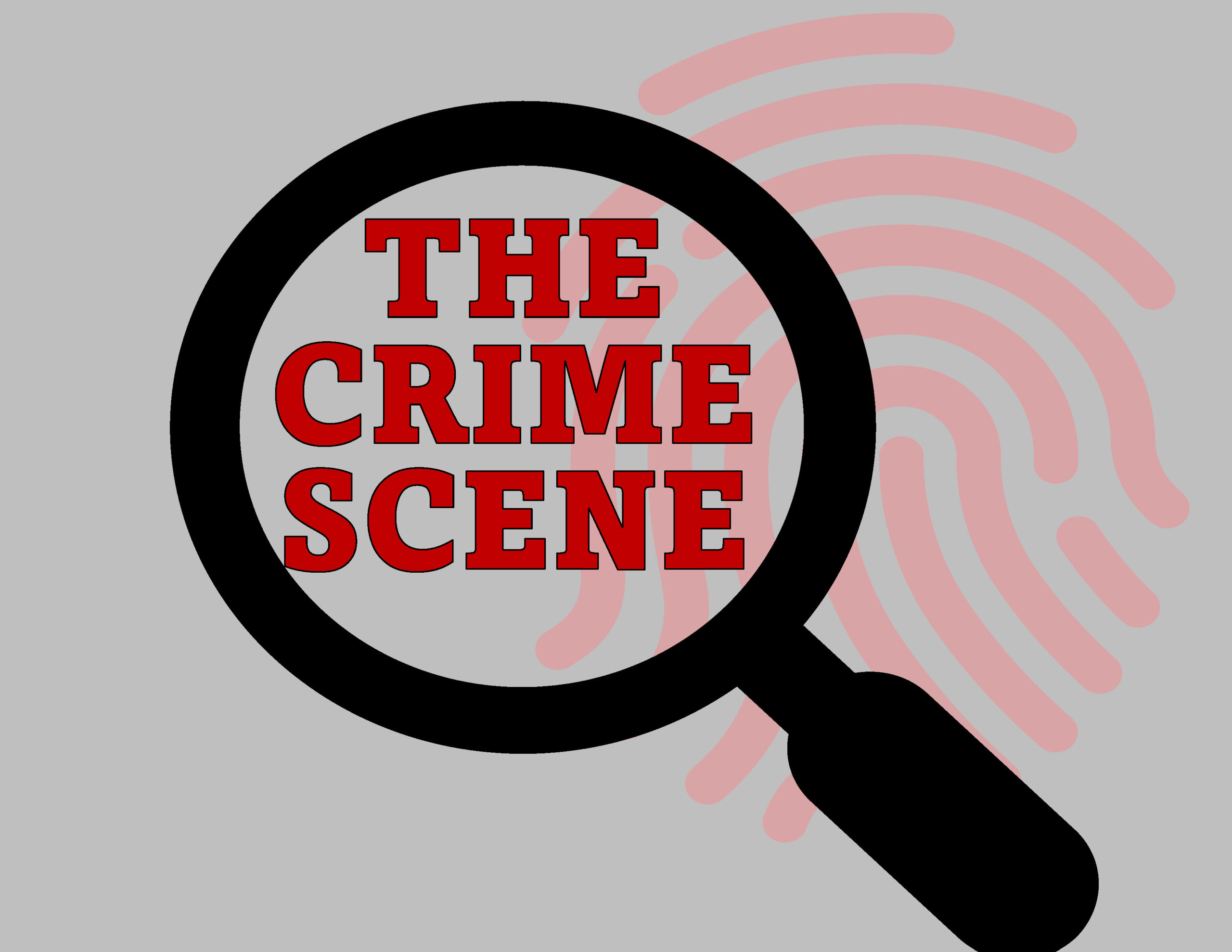

Ever fantasize about helping the FBI crack a big case? Or maybe you just want to make sure that Picasso you’re buying is real before you plop down your life savings on it.
The FBI is making both easier than ever – and the only equipment you need is a smartphone.
The FBI has launched a stolen art app that links to its National Stolen Art File database. The database, already publicly available before the app launch, features stolen artwork and culturally significant property voluntarily submitted by law enforcement across the U.S.
“One of the biggest evolutions for NSAF was making it publicly available,” said Colleen Childers, of the FBI’s Art Crime Program. “Now, with the new mobile upgrade that we’ve undergone, we want to continue to push to make it a more user-friendly platform.”
The NSAF lists more than 8,000 items, including a portrait of New Hampshire statesman Daniel Webster, painted in the 1850s. The database was created in 1979, allowing law enforcement in the U.S. and abroad to voluntarily submit stolen art and cultural property.
Art and cultural property crime – which includes theft, fraud and forgery, looting, and trafficking across state and international lines – causes estimated losses in the billions of dollars annually across the globe, the FBI said.

The new app was created with law enforcement and art-industry partners in mind, but anyone can use it to verify that art or antiquities they own or are considering buying aren’t stolen property, the FBI points out.
The NSAF registers the physical description of stolen property, including artist, title, subject, materials, and dimensions, in addition to digital images.
The ability to search the stolen items is particularly beneficial to people who are engaged in acquisition, sale, transfer, conservation, storage, exhibition, research, and investigation of art and cultural property, the FBI said. This includes auction houses, galleries, pawn shops, collectors, investors, conservators, curators, art historians, museums, foundations, educational institutions, and domestic and international law enforcement agencies.
The app allows users to:
- Search and filter stolen art by location, description, type of art, and more.
- Display the information most relevant to the user.
- Save pieces of art to a favorites page to quickly access them later.
- Share stolen art entries via text, email, or social media.
- Submit tips to the FBI directly from the app.
Billions in Annual Losses
The database comes under the umbrella of the FBI Art Crime Team, which has recovered more than 20,000 stolen art and cultural property valued at more than $900 million since it was created in 2004.
The Art Crime Team focuses on investigating “these important and challenging crimes,” recovering and repatriating lost and stolen art and cultural heritage objects, as well as bringing the perpetrators to justice, the FBI says on the NASF website.
Art Crime Team agents receive training in art and cultural property investigations and assist in investigations worldwide in cooperation with foreign law enforcement officials and FBI legal attaché offices, the FBI says. In addition to investigations, the Art Crime Team also provides cultural property training to law enforcement partners both domestically and internationally.
The team works with the Department of Homeland Security and Department of State in investigating crimes, as well as the Department of Justice, which assigns special trial attorneys to work with the Art Crime Team, the FBI says.

The team’s most recent big win was announced in March, when the Art Crime Team and its law enforcement partners repatriated 50 items — the oldest dating back to the French and Indian War — belonging to 17 institutions in Connecticut, Massachusetts, Mississippi, Pennsylvania and Virginia.
The artifacts returned to the institutions that own them included an 1847 Mississippi rifle stolen from a Mississippi museum; a World War II battlefield pickup pistol belonging to General Omar Bradley, stolen from the U.S. Army War College Museum; and 19th century Pennsylvania rifles, stolen from Pennsylvania museums.
A Pennsylvania federal grand jury in December 2021 indicted Michael Corbett of Newark, Delaware, for possession of the items, which were all stolen from museums in the 1970s. In August, Corbett pleaded guilty to the possession of stolen items transported interstate. The items were returned to owners in March.
For even more stolen art access, Interpol also has a stolen art app, which links to its Stolen Works of Art database. It was launched a year ago, and has pictures and descriptions of 52,000 items reported from around the world. Interpol, officially the International Criminal Police Organization, has law enforcement members from 195 countries.







